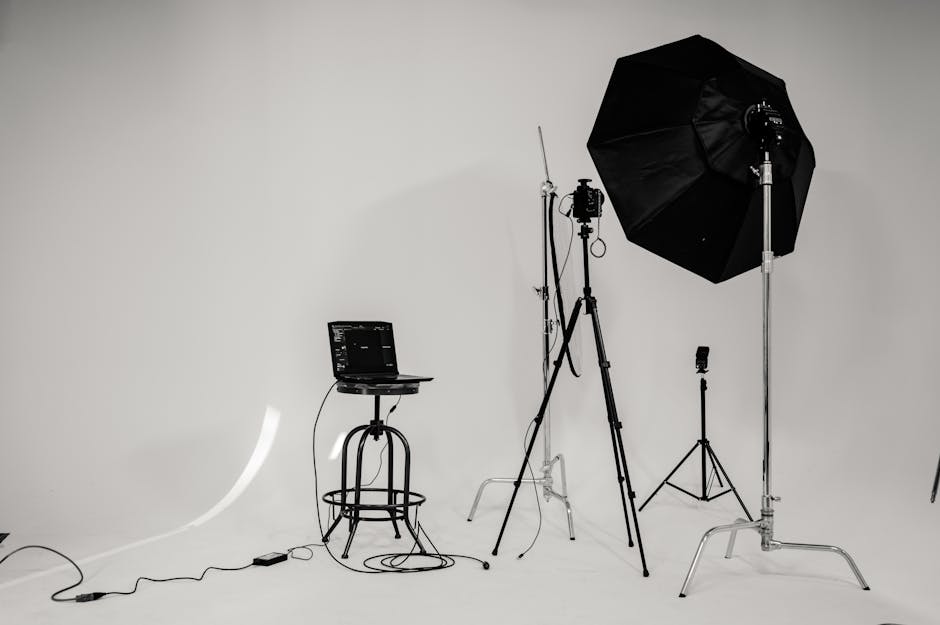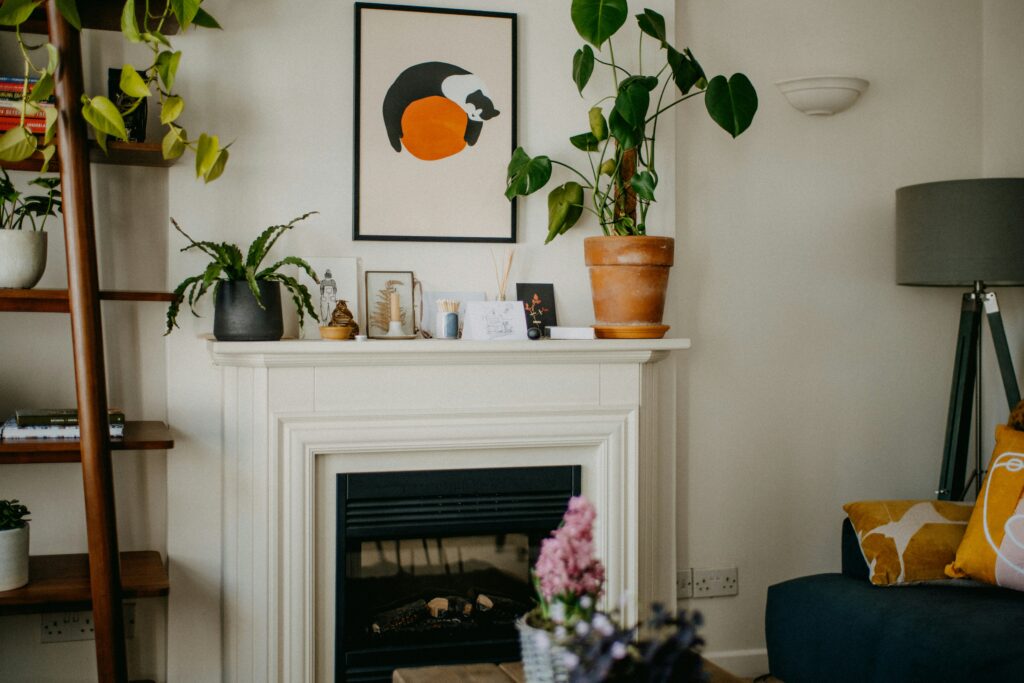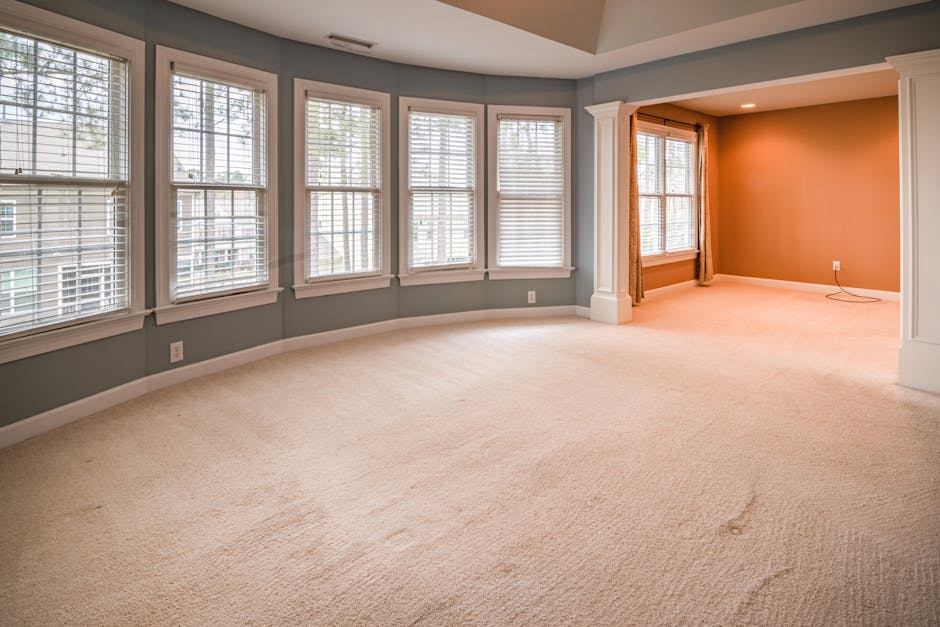Walk into an empty house, and most buyers see a to-do list: paint, furniture, layout, lighting. Walk into a well-staged home, and they see their future. Staging isn’t just fluff—it’s a proven psychological nudge. When rooms are styled with just enough charm and purpose, they feel usable, warm, and—most important—livable.
The numbers back it up. According to a 2023 report from the Real Estate Staging Association, staged homes sell 73% faster than their non-staged counterparts. Even better? Nearly 60% of staged listings reportedly receive higher-dollar offers. Buyers stop thinking about problems and start picturing their life unfolding inside those walls.
For sellers and agents, this isn’t just cosmetics. Strategic staging sets the emotional hook. The more a space feels like a home—not just a house—the harder it is to walk away.
Kitchen Details That Make a Big Impression
When it comes to prepping your kitchen for photos, showings, or even just a fresh start, subtle touches can elevate the entire space. A clean, styled kitchen signals care and daily functionality—two things potential buyers or guests instantly connect with.
Clear the Countertops
Less is more on kitchen surfaces. Visual clutter can shrink a space and distract from what truly matters—layout, finishes, and flow.
- Remove appliances, excess utensils, and knick-knacks
- Leave only one or two well-chosen items, like a sleek coffee maker or wooden cutting board
- Wipe everything down for a gleaming, streak-free finish
Add Lifestyle Touches
Small details tell the story of a lived-in, well-loved kitchen. Add just enough charm to strike a balance between styled and natural.
- A simple bowl of fresh lemons or limes adds color and freshness
- Neatly folded hand or dish towels suggest order and cleanliness
- A small vase with greenery can energize the space without feeling fussy
Style Pantries and Open Shelving
If your kitchen has open shelves or a visible pantry, give these areas some attention too. A tidy display suggests thoughtful use of space and adds a curated feel.
- Organize items by category—keep snacks, cans, and dry goods grouped
- Use clear containers or baskets for a uniform and airy look
- Remove excess packaging and keep shelves from feeling overcrowded
A styled kitchen doesn’t just look good—it tells a story of care, cleanliness, and comfort.
First impressions matter—even on camera. One of the easiest ways to upgrade your vlog backdrop is to clear the clutter and let the light in. Natural light makes a space feel open and inviting, and anything that doesn’t need to be there? Get rid of it. Clean lines and calm spaces work better on video.
Next up: details. A fresh doormat outside your filming area or just off-frame still makes a difference, whether you’re vlogging from home, a van, or a rented space. Simple decor does more than over-styling. Plants, neutral tones, or a consistent pop of color will do the trick without distraction.
And here’s a quick visual hack: mirrors. If you’re low on space, they help make even tight rooms feel bigger on camera by bouncing back natural light and depth. Smart placement creates the illusion of more without adding more stuff. The goal is clean, calm, and bright—so your content, not your clutter, takes center stage.
Staging a home for video content starts with restraint. A neutral color palette lays the groundwork—light grays, beiges, soft whites. They’re not just safe; they’re versatile backdrops that let your content breathe. Avoid loud patterns or bold colors that pull focus. You want the space to feel calm, not cluttered.
Furniture layout matters too. Symmetry sells—balanced chairs, centered coffee tables, clean lines. Keep walkways open and don’t overcrowd the room. If a piece doesn’t add to the story visually, remove it.
Now, find your focal points. A fireplace, a sweeping view, a well-placed floor lamp—these are your visual anchors. Frame them. Lead the eye. Let them do the heavy lifting.
Lastly, make it personal by being impersonal. Strip out family photos, piles of mail, or any trace of the everyday. Your viewers should imagine themselves in your scene—not feel like intruders in someone else’s. Clean, simple, and intentional wins.
A dining room doesn’t need to shout. Start with a simple table—clean lines, solid build, nothing over-designed. Keep it functional over fancy. This anchors the space and gives you room to build around it without visual clutter.
Next, scale matters. Skip cramming a tiny café table into a big rectangular dining area unless you want it to feel like an afterthought. Choose furniture that feels right-sized. End-to-end balance helps the entire space breathe.
And don’t ignore the light. Swapping in a fresh, well-placed fixture can make the entire room feel elevated. Think warm and functional, not oversized chandeliers unless the space demands it. Lighting’s not extra—it’s essential.
Staging a bedroom doesn’t mean over-styling it—it means simplifying without making it feel empty. Start with the nightstands: take off anything personal. No prescription bottles, framed family photos, or tangled chargers. A small lamp, maybe a single book—that’s it. Buyers need to picture their own lives here, not yours.
Swap bold bedding for crisp, light-colored linens. Think white, ivory, pale gray—something that reflects natural light and makes the room feel bigger and cleaner. It doesn’t have to look expensive. It just has to look fresh.
Closets matter more than you think. Empty half of what’s in there. Seriously. A half-full closet sends the message that there’s space to grow. Those packed racks just shout, “too small.”
And finally, clear out extra furniture. If it doesn’t serve a purpose or show off the room’s function, it’s in the way. This is about maximizing floor space and keeping the room breathable. Clean lines, clean surfaces, clean slate.
Sparkling Clean Is Non-Negotiable
In 2024, the background of your vlog matters almost as much as your main shot. Viewers are sharper than ever, and messy sinks or cluttered bathroom counters stand out for the wrong reasons. Clean spaces not only build credibility—they also make your content feel intentional.
Start with the basics. White towels give a crisp, hotel-like vibe. Clear the noise: remove excess bottles, creams, and half-used products from view. A tidy countertop signals professionalism without saying a word.
You don’t need to over-style. One plant, maybe a small candle—done right, these simple touches soften the frame and keep the focus on you. Clean doesn’t have to mean sterile. It just has to show you respect your space and your audience.
Prep Your Virtual-Ready Workspace
A dedicated workspace isn’t just about functionality—it can also make a big impact on how your home presents to potential buyers, especially in virtual showings. In the hybrid and remote work era, buyers often look for clean, professional areas that support productivity.
Create a Defined Work Area
Designate a specific location in your home as your work zone. Even if you don’t have a home office, a small desk and chair setup in a quiet corner can communicate value.
- Choose a low-traffic area with good lighting
- Use a neutral or minimal table and sleek chair setup
- Make the space look intentional, not improvised
Keep the Background Clean
Virtual buyers pay close attention to what’s behind your camera during video calls or online tours. A messy or cluttered background can be a red flag.
- Clear out distracting items from shelves and walls
- Use subtle décor to suggest style without being too bold
- Avoid bold colors or busy patterns in the backdrop
Depersonalize and Declutter Tech
Too many wires, gadgets, or personal items can detract from a clean, professional look.
- Hide power cords and chargers with cable organizers
- Remove personal items like family photos or notes
- Keep only essential tech visible, like a monitor and keyboard
A well-presented workspace can help potential buyers mentally picture themselves living—and working—productively in your home.
Got a bonus room or an extra space that doesn’t scream its purpose? Make it speak. Whether it’s a home gym, media lounge, or kids’ playroom, buyers need to see function—fast. Don’t overdecorate. Instead, use a few sharp props: a yoga mat and light weights signal “workout zone,” while a beanbag and projector hint at movie nights. Bright, neutral lighting keeps the area adaptable, and minimalist furniture helps the room feel larger than it is. The goal isn’t to stage someone else’s dreams. You’re offering a blank slate, with just enough detail to ignite the imagination.
Outdoor spaces speak louder than people think. Start with the basics—mow the lawn, sweep the walkways, and power-wash anything that looks tired. Clean lines aren’t just for modern architecture; they make a big difference on the outside too.
Next, stage it like you mean it. Fresh cushions for the season, furniture that actually fits the vibe—it doesn’t have to be expensive, it just has to be intentional. Don’t forget lighting if you’re filming at dusk or dawn.
And if you’ve got a view? Show it off. Frame it, clear obstructions, or reposition your setup. Nature does half the work—you just need to get out of its way.
Common Home Staging Mistakes That Turn Buyers Off
Over-staging is the fastest way to kill a home’s vibe. Too many throw pillows, brand-new everything, or generic decor that screams “catalog”—buyers see right through it. They’re not looking to move into a furniture showroom. They’re looking for a place that feels livable, even a little flawed in the right ways. Keep it clean, simple, and honest.
Skip the temptation to shove clutter into closets or overstuff that garage. Buyers will open every door—they want to know what kind of storage they’re working with. A messy utility room or a crammed linen closet says one thing: there’s not enough space.
And let’s talk smell. A room that reeks of bleach or some overly sweet candle isn’t reassuring—it’s suspicious. Clean should smell like… not much. Fresh air, maybe a subtle plant. If you’re covering up, they’ll wonder what you’re hiding.
Less fake. More real. That’s what sells.
You’re not just decorating a home—you’re staging potential. Buyers aren’t shopping for your memories; they’re asking, “Can I see my life here?” That means every room should tell a story that’s clean, calm, and easy to step into. Neutral tones, open spaces, and light make it easier for people to picture themselves waking up in that bedroom or hosting dinner in that kitchen.
Clutter? Gone. Distracting personal touches? Packed. You want an environment that invites imagination, not distractions. Think of staging like setting the mood: not over-the-top, but intentional. Let each space hint at a lifestyle that feels both aspirational and attainable.
Need a broader strategy? Explore the Essential Home Staging Steps That Help Sell Faster.




